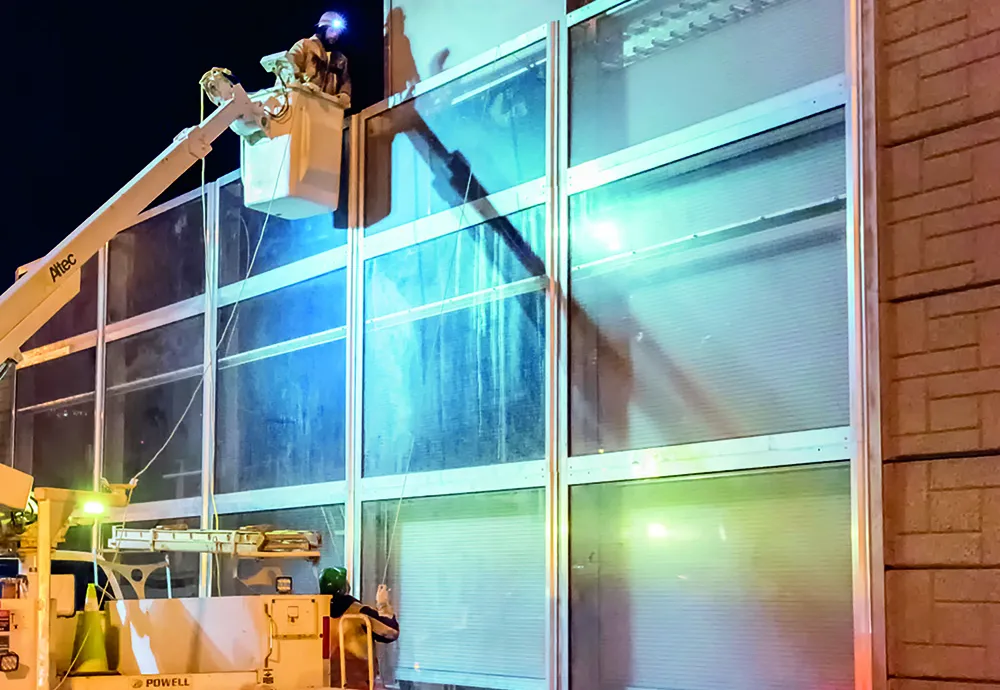The UK’s transport research Laboratory (TRL) provided a rapid response when asked for help as part of the investigation of the recent appearance of a hole in the central reservation of the M2 between junctions 5 near Sittingbourne and 6, near Faversham.
The hole that appeared is believed to be a dene hole; an historic man made hole which may have been used to mine for chalk hundreds of years ago. The hole was filled in when the M2 was constructed, but recent wet weather contributed to the destabilisati
February 21, 2014
Read time: 2 mins
The UK’s transport research Laboratory (491 TRL) provided a rapid response when asked for help as part of the investigation of the recent appearance of a hole in the central reservation of the M2 between junctions 5 near Sittingbourne and 6, near Faversham.
The hole that appeared is believed to be a dene hole; an historic man made hole which may have been used to mine for chalk hundreds of years ago. The hole was filled in when the M2 was constructed, but recent wet weather contributed to the destabilisation of the ground, causing the hole to appear.
Within a few hours of being asked for assistance, TRL was able to mobilise a team to be on site to provide two coring rigs and staff to undertake investigations of the carriageway in one lane either side of the hole to establish its integrity. The carriageway is constructed of jointed reinforced concrete with a thick asphalt overlay.
Two TRL teams working round the clock cored approximately 38 holes to help determine the extent of the problem.
The503 Highways Agency has now stabilised the hole with forty tonnes of pea shingle and further geotechnical investigations by TRL confirm that the ground beneath the M2 is safe for traffic to use.
Further resurfacing work has finished, with all lanes now re-opened, nine days after the 15ft deep hole swallowed up the road surface.
The hole that appeared is believed to be a dene hole; an historic man made hole which may have been used to mine for chalk hundreds of years ago. The hole was filled in when the M2 was constructed, but recent wet weather contributed to the destabilisation of the ground, causing the hole to appear.
Within a few hours of being asked for assistance, TRL was able to mobilise a team to be on site to provide two coring rigs and staff to undertake investigations of the carriageway in one lane either side of the hole to establish its integrity. The carriageway is constructed of jointed reinforced concrete with a thick asphalt overlay.
Two TRL teams working round the clock cored approximately 38 holes to help determine the extent of the problem.
The
Further resurfacing work has finished, with all lanes now re-opened, nine days after the 15ft deep hole swallowed up the road surface.










